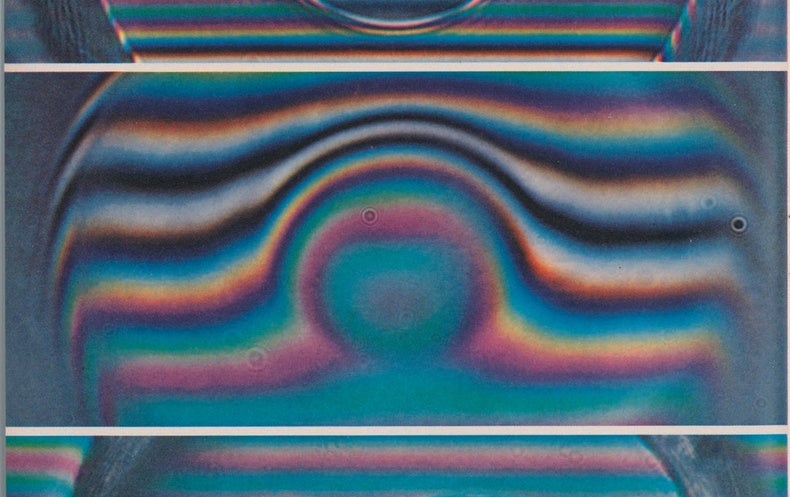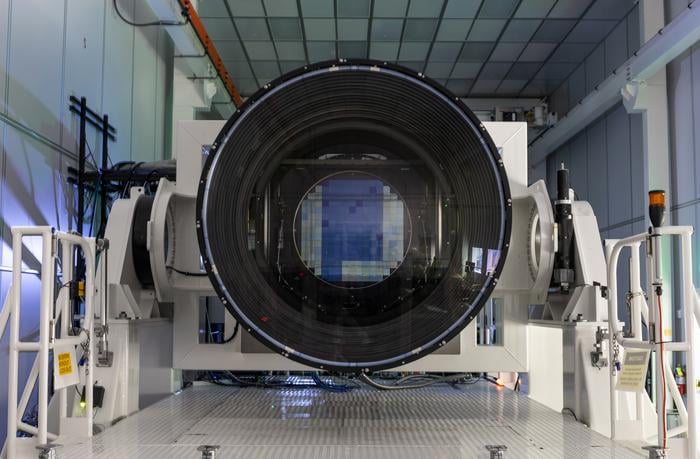1973
Mayan Astronomers Predicted Eclipses
“The Maya were skilled naked-eye astronomers. It now seems that they could even forecast eclipses of the sun. That is the conclusion of a new analysis of the ‘Venus Table’ and the ‘Lunar Table’ contained in the Maya book the Dresden Codex. Calculating in multiples of their own 260-day ‘sacred year,’ Maya astronomers appear to have detected two different kinds of periodicity in the recurrence of eclipses: a ‘short’ interval of 9,360 days (36 sacred years) and a ‘long’ interval of 11,960 days (46 sacred years). For solar eclipses visible in Central America, the table would have provided satisfactory predictions from A.D. 42 to 886.”
Sourdough Bacteria
“Early prospectors in the American West carried the ingredients of a highly acidic bread that earned them the name ‘sourdoughs.’ The bread is now baked commercially in San Francisco, but only recently was the organism responsible for its characteristic sourness identified. Leo Kline and T. F. Sugihara of the U.S. Department of Agriculture found a fortuitous combination of a yeast—Saccharomyces exiguus—and a bacterium, apparently of the genus Lactobacillus. For rapid growth the bacteria require the sugar maltose, from which they produce lactic acid and acetic acid, which account for the sour taste. The yeast is tolerant of this acidic environment, and it ferments carbohydrates other than maltose to produce the carbon dioxide that leavens the bread. The name proposed for the new species is Lactobacillus sanfrancisco.”
1923
Anesthesia From Sleeping Flowers
“As far back as 1908 florists complained that carnations when placed in greenhouses would go to sleep, and those which had not opened would fail to do so, causing great loss in their business. Investigation proved that ethylene from leaky gas fixtures was the cause. This led Dr. Luckhardt and Mr. Carter of the University of Chicago recently to test the gas as an anesthetic. The gas was tried first on numerous animals. The experimenters then tried it on themselves. They describe the effect of the gas mixed with oxygen as giving a sense of well-being. They became unconscious and then recovered. Several students then volunteered. Subjects had pins thrust through their arms, and were pinched severely enough to leave black and blue areas. It is claimed that the new anesthetic gives loss of sensation without any sign of asphyxia, shortness of breath or effect upon the blood pressure. The only after-effect was slight weakness and slight nausea.”
No Neutrons (Yet)
“We have gradually learnt that electricity exists in two forms, the negative form, which is called an electron, and the positive form, which is now beginning to be called a proton. The material universe seems to be built of these two elements. Both the electron and the proton are very much smaller than an atom of matter. Both probably have weight, though the proton weighs as much as 1,830 electrons. But it is not appreciably bigger. The fact is, we do not know much about it. Whether the proton is an ultimate unit, or whether it can be resolved into a close-packed assemblage of simpler ingredients, which would account for its remarkable weight or massiveness, remains for future discovery.”
1873
Can Birds Sense Cholera?
“It is probable that birds, in some manner, become aware of cholera infection in the air. Recent European journals state that at Munich, where several cases of cholera have occurred, the rooks and crows, which flew about the steeples and through the trees of the public promenades, have all emigrated. The same thing happened during the cholera seasons of 1836 and 1854. The same phenomena occurred at Mauritius, where the martins, which exist in immense numbers the year round, wholly disappeared during the prevalence of the cholera.”



